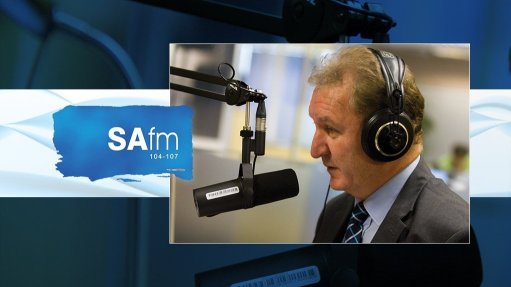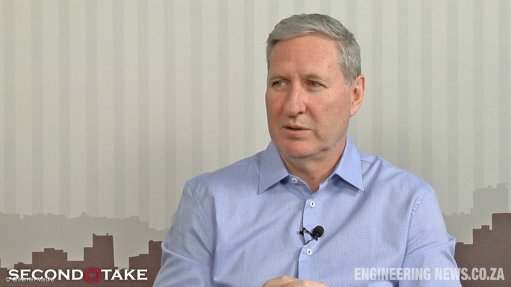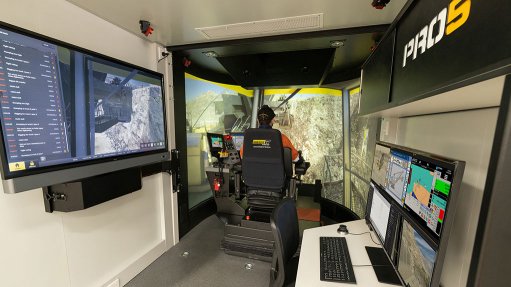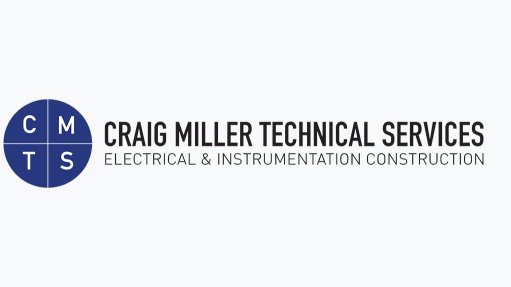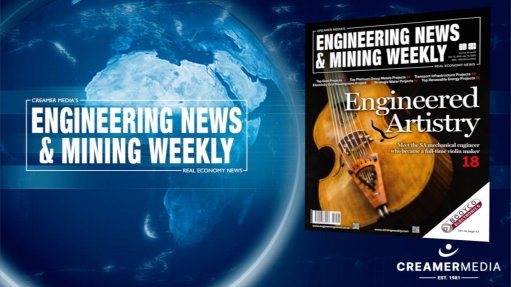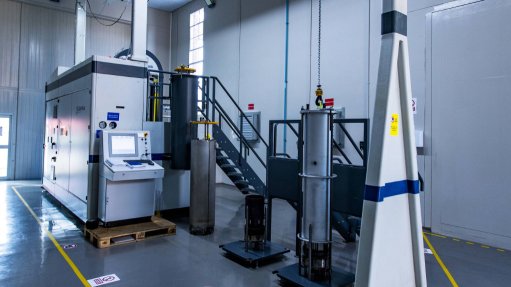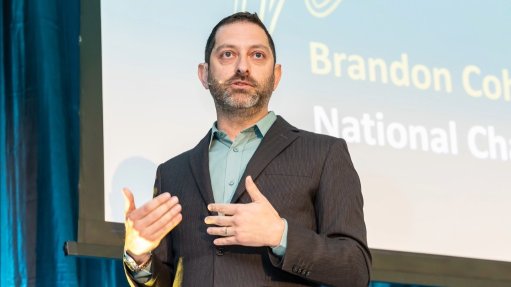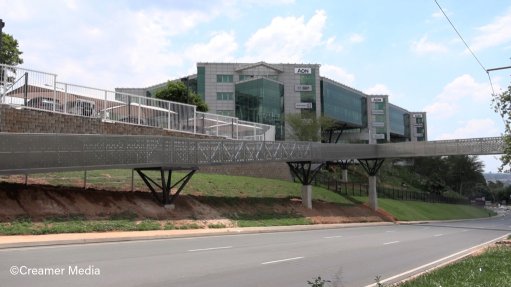Proper tailings management improves investor confidence

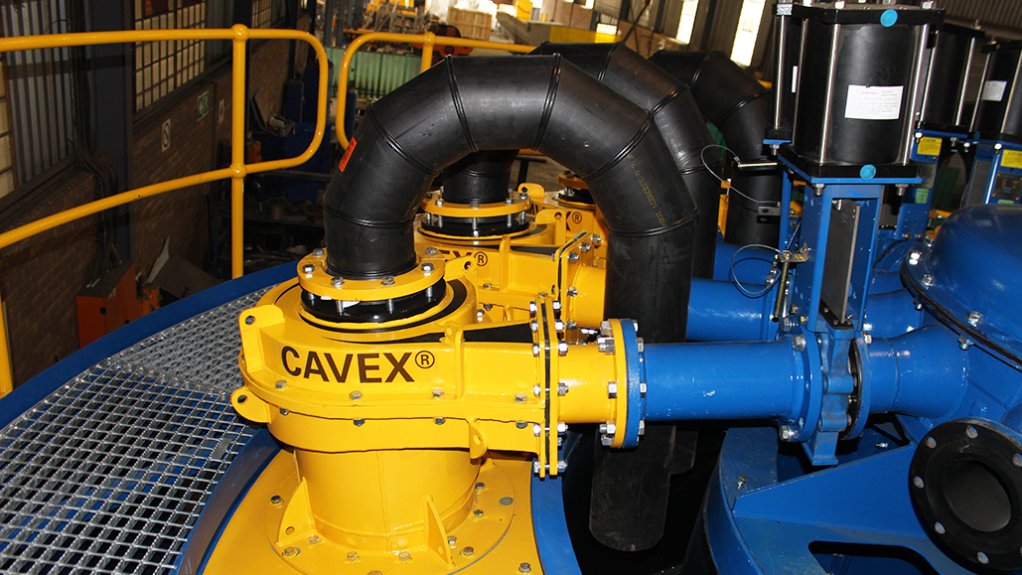
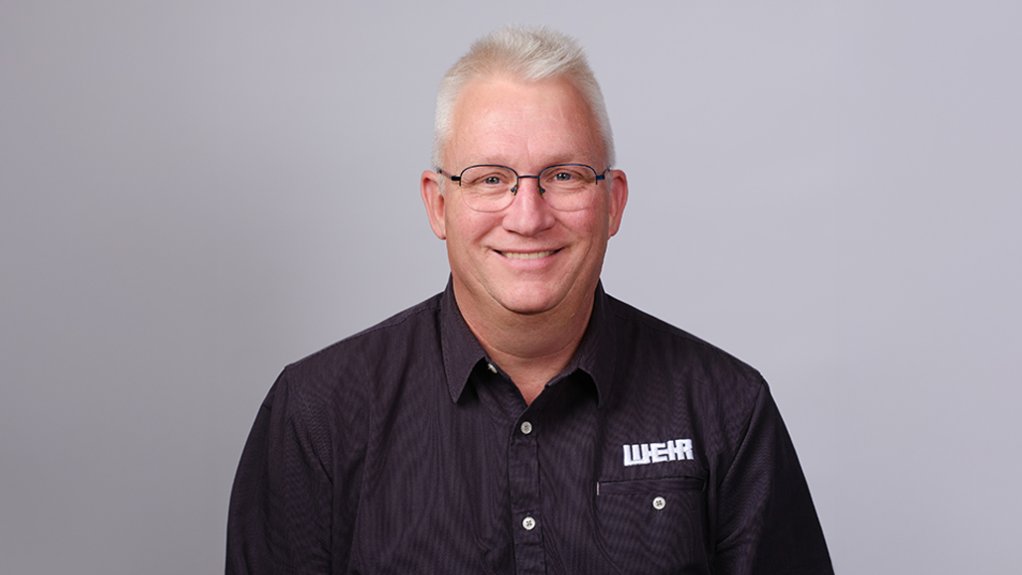
DRIVING DEVELOPMENT Weir’s CAVEX 2 hydrocyclone improves cyclone efficiency, separation, recovery and wear life
ERIK VLOT The biggest challenge is how to handle tailings in a manner that is safe for the people living in the surrounding villages and the environment, without unnecessarily increasing costs
W hile mining companies try to capitalise on the increased demand for critical minerals, such as lithium and nickel, needed to enable the global energy transition and advance digitalisation, finding the capital to grow exploration projects in Africa into profitable, productive mines is proving to be a challenge.
Weir global tailings and backfill manager Erik Vlot says besides the geopolitical risk inherent in doing business in certain African countries, investors continue to place great emphasis on sustainability when making investment decisions. The environmental impact of mining projects – their carbon footprint, water use and energy consumption – must be addressed.
“Even if the legislation of a specific African country doesn’t effectively enforce sustainable tailings management, this needs to be addressed at mining operations to enable access to capital from shareholders who are under increasing pressure from the international community to fund projects that uphold global environmental, social and governance (ESG) standards.”
Proper tailings management is a key consideration when ensuring ESG compliance, with Vlot highlighting a recent failure in Zambia.
On February 18, a Chinese-owned mining firm’s tailings dam in Chambishi, Zambia, failed, sending more than 50-million litres of acidic effluent into the Mwambashi river, disabling water supplies to 500 000 Kitwe residents, while also contaminating surrounding agricultural land.
It was reported on February 24 that the Zambian government had directed Sino Metals Leach Zambia to immediately halt operations at its tailings storage dam TD15F and its adjacent TD15E and TD15D dams, following the environmental disaster.
“The biggest challenge is how to handle tailings in a manner that is safe for the people living in the surrounding villages and the environment, without unnecessarily increasing costs. It’s about finding that balance in energy reduction and water savings, while also reducing the environmental footprint and increasing safety,” stresses Vlot.
He states that with the increasing social pressure internationally, but also in Africa, the mining industry needs to demonstrate that its actions are justified and that various options have been considered, as well as explain the reasons behind decision-making to stakeholders.
“This does not mean that conventional methods related to the management of tailings storage facilities (TSFs) can no longer be used, but you need to justify your actions to ensure that methods are safe for the environment and surrounding communities.”
Making Tailings Management Better
To help avoid future environmental disasters related to tailings dam failures, Weir has developed a range of tailings management flowsheets where, based on customer constraints, the company can compare the advantages and disadvantages of various methods aimed at helping miners to rethink, reduce and repurpose their tailings.
Thereby, Weir can review the constraints and decide with the customer on the best deposition methods and dewatering technologies to employ up front, rather than having to problem-solve issues that arise later when methods and technologies are found to be unsuitable.
Being able to assess deposition methods and dewatering technologies prior to implementation enables customers to derisk their operations and increase their reliability while still reducing the impact of their tailings dams on the environment and surrounding communities, states Vlot.
To enable the separation of coarse and fine tailings, Weir has developed the CAVEX hydrocyclone dewatering technology and it continues to improve on the design of its ENDURON dewatering screens, highlights Vlot.
“We have also worked with partners to develop and implement better paste thickening technology or look at alternative ways of depositing coarse and fine tailings.”
For example, at several large-scale copper mines, Weir has deposited coarse tailings in berms to build the exterior embankments of tailings dams, while discharging a slurry from fine tailings in the centre, explains Vlot.
“By separating their tailings into certain fractions, miners and tailings reprocessors can do more with tailings than just deposit them on their property.”
Many mining companies still think that paste tailings are unmanageable, advances Vlot.
“However, Weir has worked on projects in South Africa where paste tailings are used up to a very good consistency. For example, using positive displacement pumping with coarse tailings, which is generally not done, saves energy and water.
Article Enquiry
Email Article
Save Article
Feedback
To advertise email advertising@creamermedia.co.za or click here
Comments
Press Office
Announcements
What's On
Subscribe to improve your user experience...
Option 1 (equivalent of R125 a month):
Receive a weekly copy of Creamer Media's Engineering News & Mining Weekly magazine
(print copy for those in South Africa and e-magazine for those outside of South Africa)
Receive daily email newsletters
Access to full search results
Access archive of magazine back copies
Access to Projects in Progress
Access to ONE Research Report of your choice in PDF format
Option 2 (equivalent of R375 a month):
All benefits from Option 1
PLUS
Access to Creamer Media's Research Channel Africa for ALL Research Reports, in PDF format, on various industrial and mining sectors
including Electricity; Water; Energy Transition; Hydrogen; Roads, Rail and Ports; Coal; Gold; Platinum; Battery Metals; etc.
Already a subscriber?
Forgotten your password?
Receive weekly copy of Creamer Media's Engineering News & Mining Weekly magazine (print copy for those in South Africa and e-magazine for those outside of South Africa)
➕
Recieve daily email newsletters
➕
Access to full search results
➕
Access archive of magazine back copies
➕
Access to Projects in Progress
➕
Access to ONE Research Report of your choice in PDF format
RESEARCH CHANNEL AFRICA
R4500 (equivalent of R375 a month)
SUBSCRIBEAll benefits from Option 1
➕
Access to Creamer Media's Research Channel Africa for ALL Research Reports on various industrial and mining sectors, in PDF format, including on:
Electricity
➕
Water
➕
Energy Transition
➕
Hydrogen
➕
Roads, Rail and Ports
➕
Coal
➕
Gold
➕
Platinum
➕
Battery Metals
➕
etc.
Receive all benefits from Option 1 or Option 2 delivered to numerous people at your company
➕
Multiple User names and Passwords for simultaneous log-ins
➕
Intranet integration access to all in your organisation








